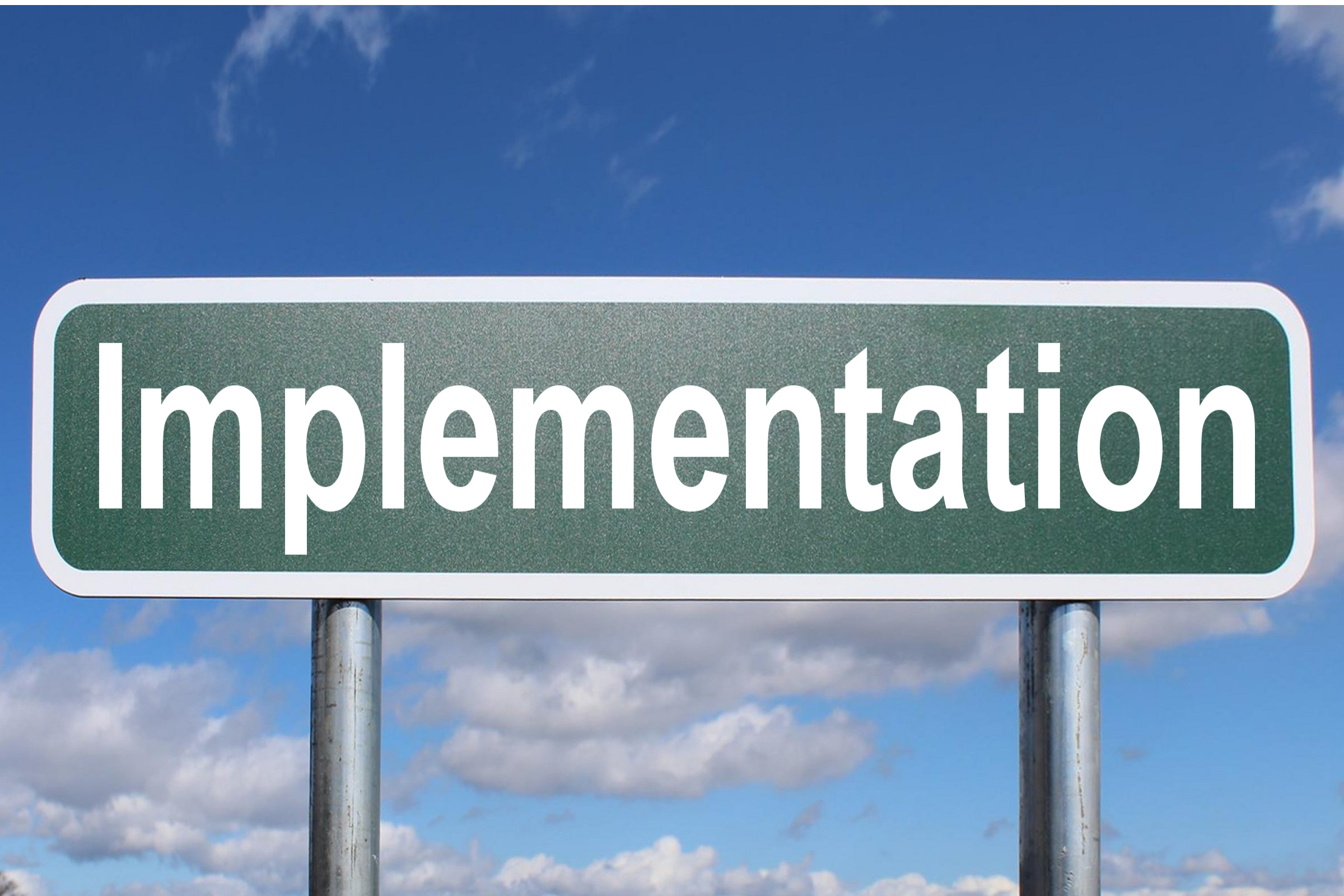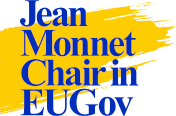Implementation

For some reasons, examining how policies end up on the agenda and how they are formulated and decided upon appears to be regarded as somewhat more attractive as analysing how this policy actually fares in practice. Moreover, the studies about the implementation stage require a lot of time. Those facts produce a lack of conclusive information about the implementation stage.
According to Hill and Hupe (2009) implement means “to carry out, accomplish, fulfil, produce and complete”. The EU policy is decided upon in Brussels and is carried out at the level of each Member State separately. When member states fail to implement policy, the European Commission can intervene in order to try to ensure that they do implement it. It means that the Commission is responsible for overseeing “the application of Union law under the control of the Court of Justice of the EU. When a member states do not implement a norm correctly, the Commission can start the infringement procedure.
The implementation of binding norms of the EU requires to the member states. In the directives confusion can arise about the meaning of the word “implementation”. Usually, the distinction is made between “formal” or “legal” and “practical” or administrative”. Formal implementation implies the transposition of European directives to national legislation. Practical implementation refers to the establishment of administrative agencies, the setting up of necessary tools and instruments, monitoring, and inspection by regulators.
In some cases the implementation is made by the Commission directly. This is the case of some specific policy fields such as the administration of the EU’s humanitarian aid programme. In the last twenty years, the creation of European agencies have the main goal of doing a better implementation.
There are no specific theories of EU implementation. The traditional implementation research began with the debate between “top-down” and “bottom-up” approaches. The main goal of both theories is to try to explain the reasons for implementation failure. Some years later, other scholars started to explore a new theory, the “implementation style”. The objective of the new theory is to analyse how implementation works by describing styles and analysing which factors called into being that particular style of implementation.
To improve your knowledge we recommend:
Hill, M. and Huge, P. (2009) Implementing Public Policy (Los Angeles: Sage).
Zürn, M. and Joerges, C. (2005) (eds) Law and Governance in Postnational Europe (Cambridge: Cambridge University Press).
Updated material:
Thomann, E. & Sager, F. (2019) (eds) Innovative Approaches to EU Multilevel Implementation: Moving Beyond Legal Compliance (Taylor & Francis).
